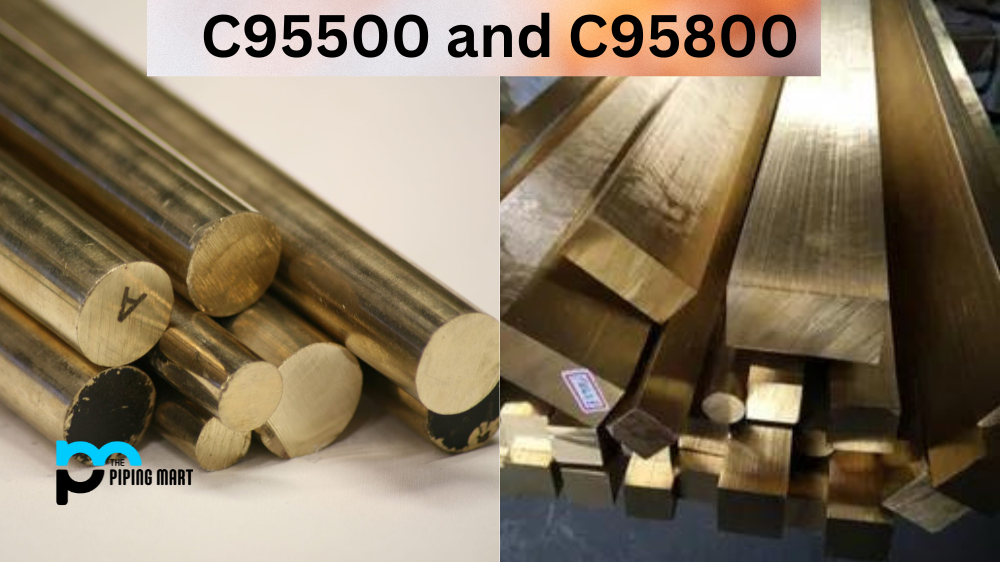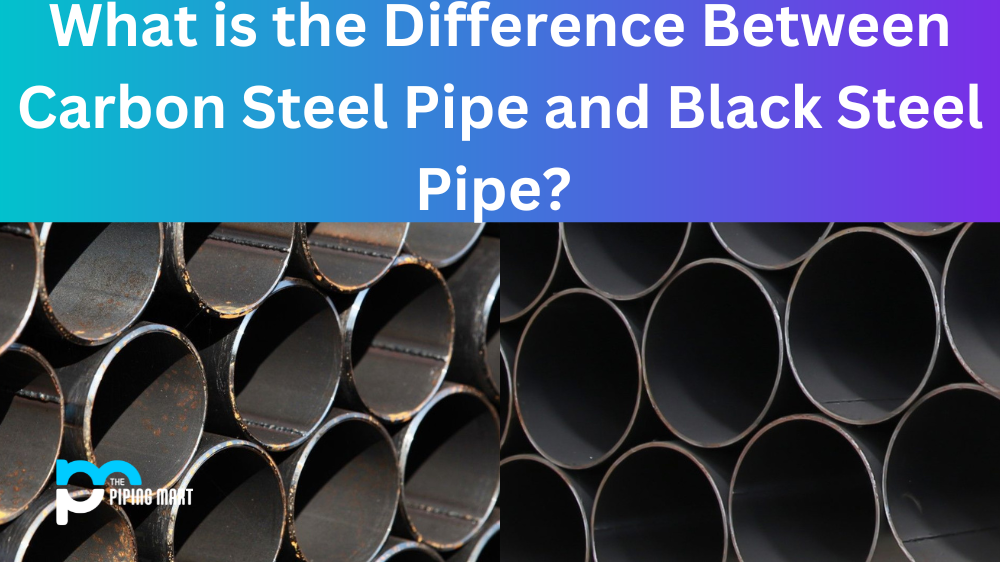When it comes to aerospace applications, certain metals and alloys are better suited for high-altitude use than others. This is due to the unique properties of these materials that provide superior strength, durability, and temperature resistance. This blog post will explore which specialty metals and alloys are best for high-altitude applications.
Titanium Alloys
When it comes to high-altitude aerospace applications, titanium alloys offer a number of advantages over other materials. Titanium is a lightweight material with excellent corrosion resistance and superior strength at elevated temperatures. It also has good fatigue resistance, which means it can withstand the vibration created by aircraft engines while maintaining its structural integrity. These properties make titanium ideal for aircraft components like landing gear struts and airframes.
Nickel Alloys
Nickel alloys are another popular choice for high-altitude aerospace applications due to their superior strength and ductility at elevated temperatures. Nickel alloys also have excellent corrosion resistance—making them particularly well-suited for components exposed to harsh environmental conditions like exhaust fumes or saltwater spray. Nickel alloys are commonly used in engine parts, hydraulic systems, pumps, valves, gears, fasteners, and other critical components of an aircraft’s design.
Fictitious Alloys
Fictitious alloys are a newer type of metal alloy explicitly developed for aerospace use in extreme environments such as space or high altitudes. These materials offer superior strength at low and elevated temperatures—making them suitable for heat-shielding applications like reentry vehicles or hypersonic aircraft. Fictitious alloys also have excellent wear resistance—making them perfect for components subject to frequent abrasion or erosion from wind turbulence or dust particles in the atmosphere.
Conclusion:
Specialty metals and alloys play an important role in many aerospace applications—especially those operating at higher altitudes where standard materials may not perform adequately. Titanium alloys offer superior strength at elevated temperatures, while nickel alloys provide excellent corrosion resistance in harsh environments. Finally, fictitious alloys combine the best properties of both titanium and nickel alloys into one versatile material that can withstand extreme conditions without sacrificing performance or reliability. Whether you’re designing a commercial airliner or a next-generation spacecraft, there’s sure to be a specialty metal or alloy that can meet your needs!

Pipingmart is B2B portal specializes in industrial, metal and piping products. Also, share latest information and news related to products, materials and different types grades to help business dealing in this industry.




